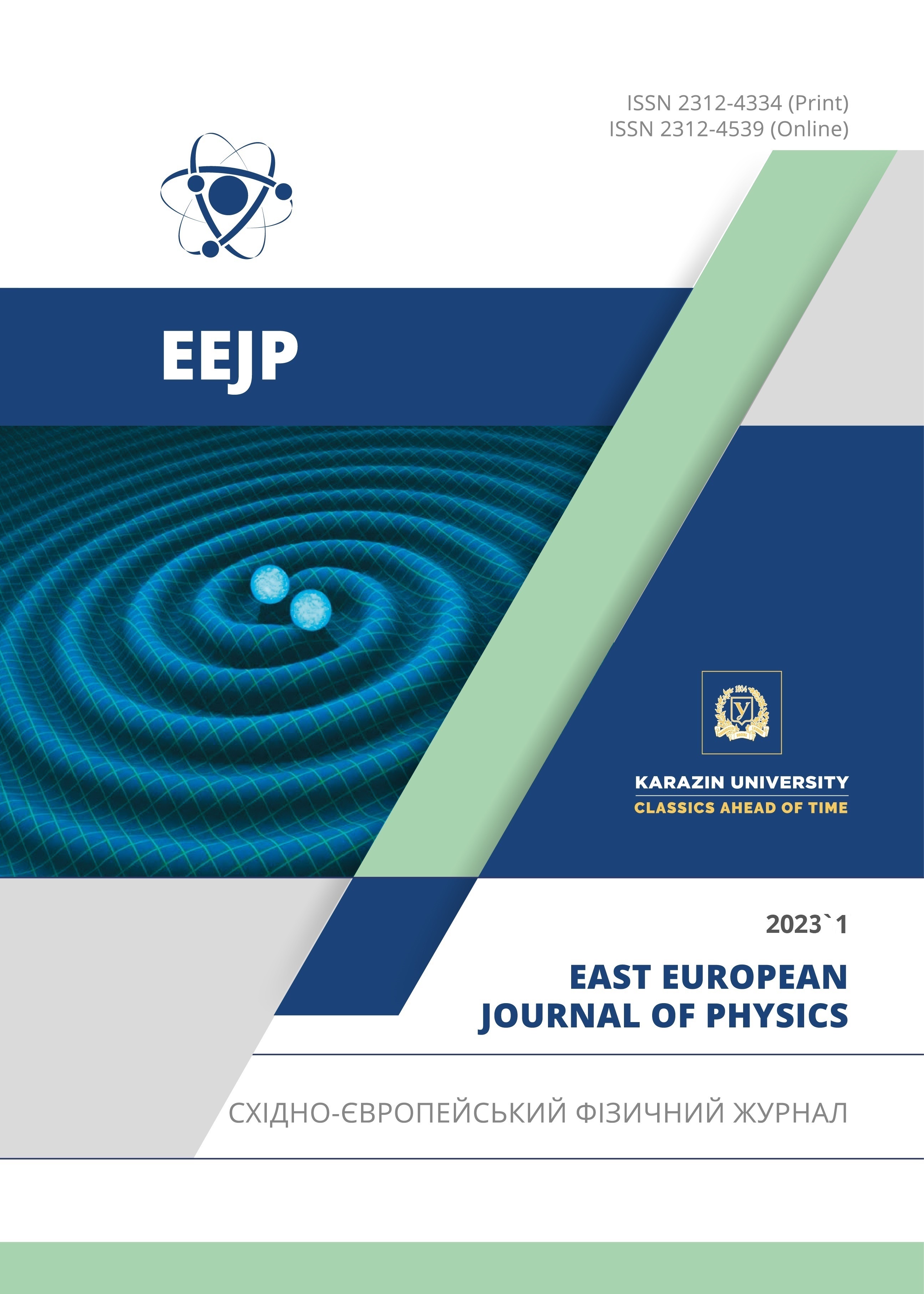Interactions of Fibrillar Proteins with Lipids: A Molecular Docking Insight
Abstract
The aggregation of misfolded proteins into specific ordered aggregates, amyloid fibrils, associated with more than forty human diseases, currently attracts great research attention in biomedical and nanotechnological aspects. These aggregates and their oligomeric intermediates are thought to exert their toxic action predominantly at the level of cell membranes. In addition, membrane lipids were found in many amyloid deposits in vivo suggesting that lipid molecules are able to incorporate into fibril structure affecting their morphology and mechanical properties. However, the biological implications and structural prerequisites of fibril-lipid interactions still remain unclear. In the present study the molecular docking techniques was employed to explore the interactions between the amyloid fibrils and lipids in the model systems containing the fibrillar forms of lysozyme, insulin, Aβ (1-42) peptide and N-terminal (1-83) fragment of apolipoprotein A-I, as a protein component and cholesterol, cardiolipin or phosphatidylcholine as a lipid component. Using the PatchDock web server and BIOVIA Discovery Studio software, the structural peculiarities of fibril-lipid associates were uncovered. The van der Waals and alkyl/π-alkyl interactions were found to prevail in stabilization of all types of fibril-lipid complexes. The analysis of most energetically favorable docking positions revealed a preferable surface location of lipids and partial penetration of acyl chains of cardiolipin and phosphatidylcholine into fibril grooves.
Downloads
References
M.G. Iadanza, M.P. Jackson, E.W. Hewitt, N.A. Ranson, and S.E. Radford, Nat. Rev. Mol. Cell. Biol. 19, 755 (2018). https://doi.org/10.1038/s41580-018-0060-8
T. Knowles, M. Vendruscolo, and C. Dobson, Nat. Rev. Mol. Cell. Biol. 15, 384 (2014). https://doi.org/10.1038/nrm3810
D.C. Bode, M. Freeley, J. Nield, M. Palma, and J.H. Viles, J. Biol. Chem. 294, 7566 (2019). https://doi.org/10.1074/jbc.AC118.007195
K. Sasahara, K. Morigaki, and K. Shinya, Phys. Chem. Chem. Phys. 15, 8929 (2013). https://doi.org/10.1039/C3CP44517H
N.P. Reynolds, A. Soragni, M. Rabe, D. Verdes, E. Liverani, S. Handschin, R. Riek, and S. Seeger, J. Am. Chem. Soc. 133, 19366 (2011). https://doi.org/10.1021/ja2029848
M.F. Engel, L. Khemtémourian, C.C. Kleijer, H.J. Meeldijk, J. Jacobs, A.J. Verkleij, B. de Kruijff, A. Killian, and J.W. Höppener, Proc. Natl. Acad. Sci. U.S.A. 105, 6033−6038 (2008). https://doi.org/10.1073/pnas.0708354105
E. Sparr, M.F. Engel, D.V. Sakharov, M. Sprong, J. Jacobs, B. de Kruijff, and J.W. Höppener, A. Killian, J. FEBS Lett. 577, 117 (2004). https://doi.org/10.1016/j.febslet.2004.09.075
N. Arispe, E. Rojas, and H.B. Pollard, Proc. Natl. Acad. Sci. U.S.A. 90, 567 (1993). https://doi.org/10.1073/pnas.90.2.56
N. Arispe, H.B. Pollard, E. Rojas, Mol. Cell. Biochem. 140, 119 (1994). https://doi.org/10.1007/BF00926750
N. Arispe, H.B. Pollard, E. Rojas, Proc. Natl. Acad. Sci. U.S.A. 90, 10573 (1993). https://doi.org/10.1073/pnas.90.22.10573
J.M. Sanderson, J. Biol. Chem. 298, 102108 (2022). https://doi.org/10.1016/j.jbc.2022.102108
G.P. Gellermann, T.R. Appel, A. Tannert, A. Radestock, P. Hortschansky, V. Schroeckh et al. Proc. Natl Acad. Sci. U.S.A. 102, 6297 (2005). https://doi.org/10.1073/pnas.0407035102
G.P. Gellermann, T.R. Appel, P. Davies, S. Diekmann, Biol. Chem. 387, 1267 (2006). https://doi.org/10.1515/BC.2006.157
J. M. Sanderson, Far from inert: membrane lipids possess intrinsic reactivity that has consequences for cell biology. BioEssays, 42, el900147 (2020). https://doi.org/10.1002/bies.201900147
M. Babych, P.T. Nguyen, M. Cöte-Cyr, N. Kihal, N. Quittot, and M. Golizeh et al. Biochemistry, 60, 2285 (2021). https://doi.org/10.1021/acs.biochem.1c00308
A.E. Saghir, G. Farrugia, N. Vassailo, Chem. Phys. Lipids 234, 105010 (2021). https://doi.org/10.1016/j.chemphyslip.2020.105010
J.R. Brender, U.H. Durr, D. Heyl, M.B. Budarapu, and A. Ramamoorthy, Biochim. Biophys. Acta, 1768, 2026 (2007). https://doi.org/10.1016/j.bbamem.2007.07.001
M. Grey, S. Linse, H. Nilsson, P. Brundin, E. Sparr, J. Parkinson's Dis. 1, 359 (2011). https://doi.org/10.3233/JPD-2011-11067
E. Hellstrand, A. Nowacka, D. Topgaard, S. Linse, and E. Sparr, PLoS One 8, e77235 (2013). https://doi.org/10.1371/journal.pone.0077235
C. Zhang, G. Vasmatzis, J.L. Cornette, and C. De Lisi, J. Mol. Biol. 267, 707 (1997). https://doi.org/10.1006/jmbi.1996.0859
D. Schneidman-Duhovny, Y. Inbar, R. Nussimov, and H. Wolfson, Nucl. Acid Res. 33, W363 (2005). https://doi.org/10.1093/nar/gki481
Copyright (c) 2023 Valeriya Trusova, Uliana Tarabara, Olga Zhytniakivska, Kateryna Vus, Galyna Gorbenko

This work is licensed under a Creative Commons Attribution 4.0 International License.
Authors who publish with this journal agree to the following terms:
- Authors retain copyright and grant the journal right of first publication with the work simultaneously licensed under a Creative Commons Attribution License that allows others to share the work with an acknowledgment of the work's authorship and initial publication in this journal.
- Authors are able to enter into separate, additional contractual arrangements for the non-exclusive distribution of the journal's published version of the work (e.g., post it to an institutional repository or publish it in a book), with an acknowledgment of its initial publication in this journal.
- Authors are permitted and encouraged to post their work online (e.g., in institutional repositories or on their website) prior to and during the submission process, as it can lead to productive exchanges, as well as earlier and greater citation of published work (See The Effect of Open Access).








